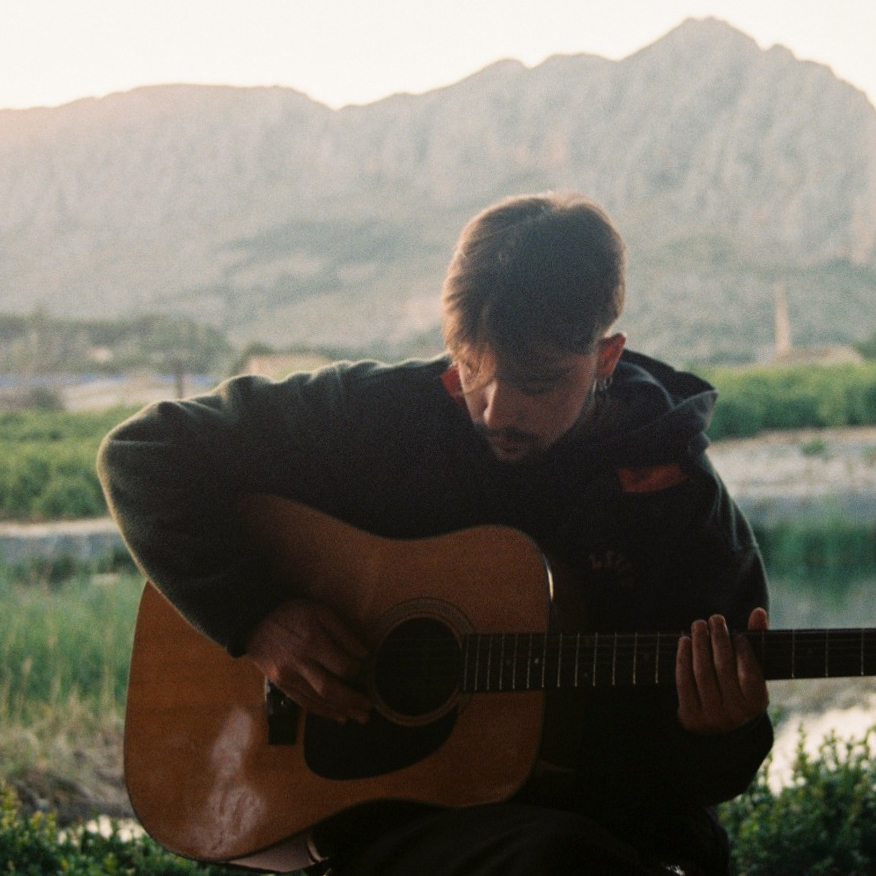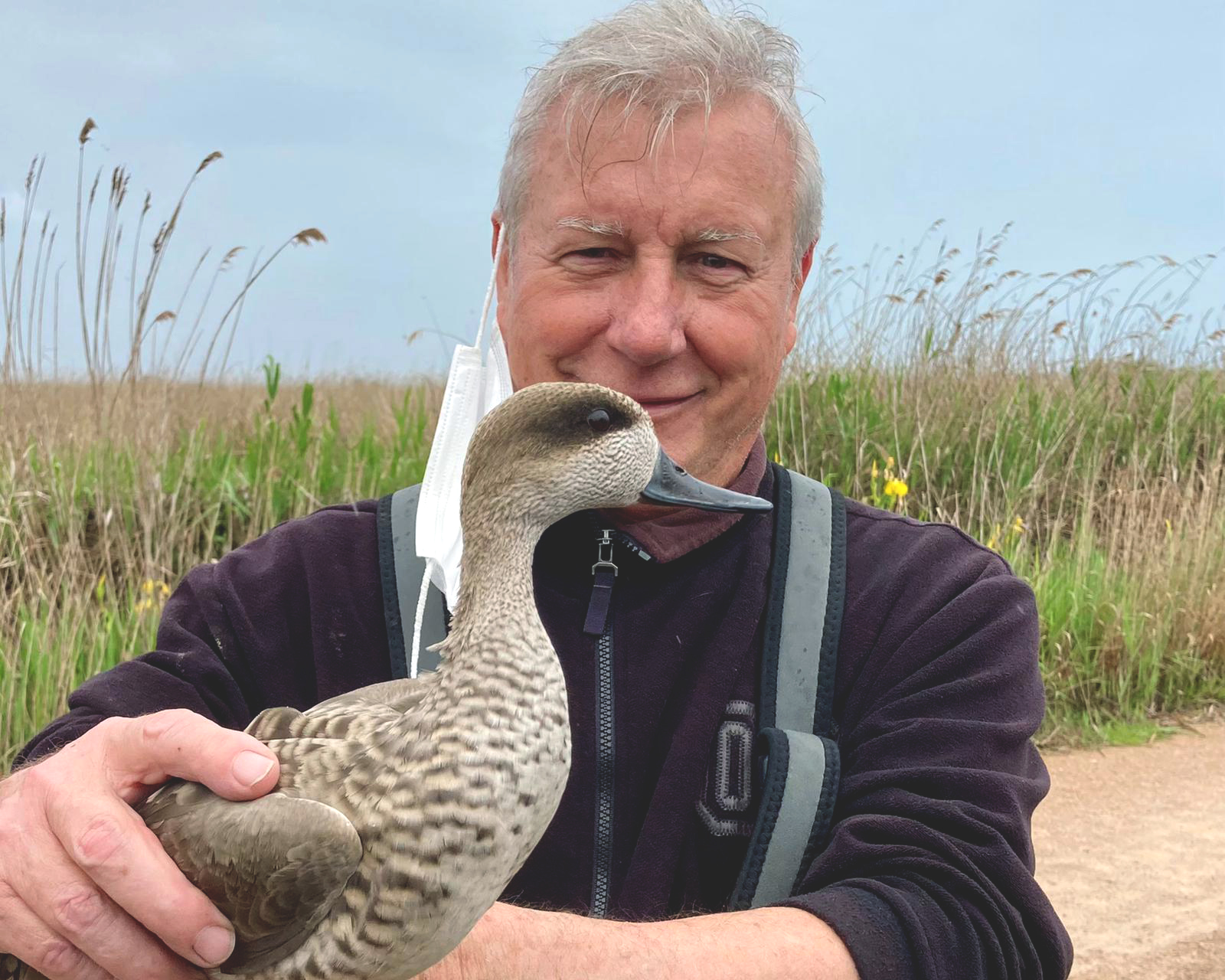The Pego-Oliva Marsh, environmental wealth vs. economic wealth

We begin a new series of articles by our environmental blogger Evarist Caselles, to talk about the history of the most important wetlands of the Valencian Community. These are areas of great ecological wealth that have been despised and overexploited for years, but which in recent years, often thanks to citizen mobilisation, have achieved the conservation and respect they deserve. The Pego-Oliva Marsh, halfway between Valencia and Alicante, will be the first to undergo this historical x-ray.
The Pego-Oliva Marsh Natural Park is a wetland area located between the regions of La Safor and La Marina Alta, in the municipalities of Pego and Oliva, as its name indicates. The Mostalla, Migdia and Segaria mountain ranges surround this natural area of great biodiversity, which covers an area of 1,225 ha.
To describe its genesis we have to go back some 3,000 years. As in most of the wetlands and marshes along our coastline, the Pego-Oliva Marsh is the result of the formation of a sandy shoal caused by sea currents, which we can still find today limiting the communication between the wetland and the sea.

From the hydrographic point of view, it has two fundamental rivers in its natural dynamics, the Bullent, on the northern slope, and the Racons, on the southern slope, which together with its tributaries and springs (‘ullals’) make up high quality waters. This is why it has one of the best representations of macrophytes in the Valencian marshes, in addition to the large number of endemic or endangered species that are represented, both plants, such as bryophytes, and animals, especially aquatic, such as the fartet, but also a large number of migratory birds.
On the other hand, another characteristic feature of the area in question is the high rainfall index, one of the highest in our territory, with a high degree of irregularity, to which we must add the low permeability of the land. In addition, the water chemistry of the wetland should be highlighted, which has a low salinity in comparison with other wetlands on our coastline.

A marsh, therefore, with a very good ecological status that is included in the RAMSAR Convention and the Natura 2000 Network, and has been declared a ZEPA area (Special Protection Area for Birds). At state level, the inclusion in the network of Protected Natural Spaces and the consideration of Natural Park means that the Pego-Oliva Marsh is obliged to draw up a PORN (Natural Resources Management Plan), to regulate its activities and resources, thus guaranteeing its conservation. This is a very relevant fact in these environmental riches that stand out.
History of a marsh and people
The Pego-Oliva Marsh has long maintained a close productive and supply relationship with the surrounding municipalities. It is well known that human settlements have always been linked to accessible areas of fresh water, where there is water there is life. The fact is that the control of this water makes it possible to meet the needs of the settled populations and is an intrinsic value for agricultural and livestock productivity. Anthropic action on wetlands has left solid physical imprints that have endured over time, and in the case of the Pego-Oliva Marsh this has occurred with the historical use of various cultures, customs and conflicts.

Thus, in order to understand the environmental complexity of this wetland area, we will have to reconstruct a little of the history of the natural space in relation to human beings. We will begin our historical journey in the Islamic period of the peninsula, in the 8th century, which brought great advances in agriculture both in the organisation and use of farming tools. Despite the relationship between the Islamic settlers and the canal systems, there is no documented evidence of their intervention in the Pego-Oliva Marsh. It is to be expected that the productive difficulties caused by its geological structure, together with the abundant, highly irrigated cultivation area in the surrounding area, prevented its transformation. The marshland, therefore, was an area used exclusively for livestock, hunting and fishing at this time.
With the arrival of the new Christian settlers, the demographic pressure increased and the orchards were improved and extended, but it was not enough. At first, the new agricultural transformations were concentrated on other plains in the valley, delaying the occupation of the wetlands until the end of the 15th century, when the process of agricultural conquest of the lower areas of the municipal district, located in the highest part of the marshland, began.
Despite the difficulty of the transformation and the dangers involved in working in the wetlands, during the last two centuries the marsh was key to the production system of the neighbouring municipalities. At this early stage, its use was still more closely linked to livestock and the production of fodder and textile vegetation, with no documented link to rice-farming. However, by the end of the 18th century, there is documented evidence of an increase in the colonising movement of the wetland lands, as stated by Cavanilles. The well-known botanist constantly showed his lack of sympathy for marshes and wetlands, considering them to be unhealthy and producers of the worst diseases, but even so he referred to the uses of the marshes and recorded his agricultural activity.

Two types of exploitation began at that time. On the one hand, those carried out by the agrarian oligarchs of the area, who used important investments to obtain farms of washable crops. On the other hand, there was the occupation of small plots of marginal land created for day labourers and farmers with little economic power.
This process of transformation, which was particularly intense in the second half of the 19th century, led to a change in the agricultural typology, which went from being merely subsistence, with livestock farms of low quality, to generating an agriculture based on the commercialisation of surplus agricultural production. This moment is understood as the beginning of the intense exploitation of the natural environment, bringing with it a process of transformation of the physical space.
A process that was complemented by the drying out of the highest areas of the marshland, which were dedicated to the cultivation of citrus fruits, where wells and irrigation engines were used. In addition to this, rice production was on the rise and more and more landowners were growing rice, until 1925, when rice production reached its peak. It was not until five years later that, together with the great crisis suffered by the whole peninsula, a period of stagnation and decline in production began, losing much of the profitability of the area.
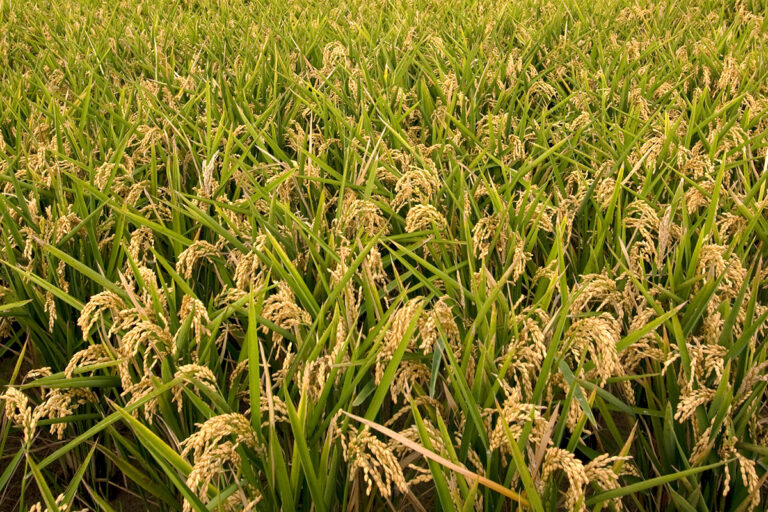
It was not until the end of the 19th century, and more so in the second half of the 20th century, that rice-farmingwas introduced. This process was made possible thanks to the concessions of some of the water from the nearby rivers and the transformation of the area for sanitation purposes. In comparison with other wetlands on the Valencia coast, we can affirm that this agricultural introduction of rice took place later. The orography, which increases the difficulty of the evacuation and circulation of the water, which tended to stagnate, has been a constant problem.
On the other hand, it is worth mentioning the intensive agriculture that has been carried out in the marshland since the 18th century, where vegetables and some citrus fruits were produced, and to a greater extent rice, specialising in the bomba, bombón and Pegolí varieties.
During all these periods there was a livestock tradition, mainly sheep and cattle, which today still graze in the wetland area and spend the night in fences within the area itself. In the following years, other agricultural and livestock farms, and even tourism, were added to increase the extractive capacity of the wetland, leaving crops and the conservation of the marshland to one side until 1995, when the Pego-Oliva Marsh was declared a Natural Park.
As in other rural landscapes, the social history of the wetland was built by the inhabitants of the surrounding area with the aim of making the most of it for agricultural and livestock purposes. From this perspective, this activity is the cause of some of the mistakes made in the management of this territory. Mistakes that today we are trying to recover or at least reduce their repercussions, thanks to the figures of protection and the environmental awareness of today’s society.
Speculation against a marsh
With the passing of time, the coastal areas have been a great attraction for real estate speculation in which there were great economic interests, on the one hand of certain landowners and on the other hand of the great ‘chieftains’ of the town. In the middle of the last century, the marshland had no legal protection to prevent construction and the alteration of its natural ecosystem services. This is why certain real estate speculations were carried out, which we will comment on later.
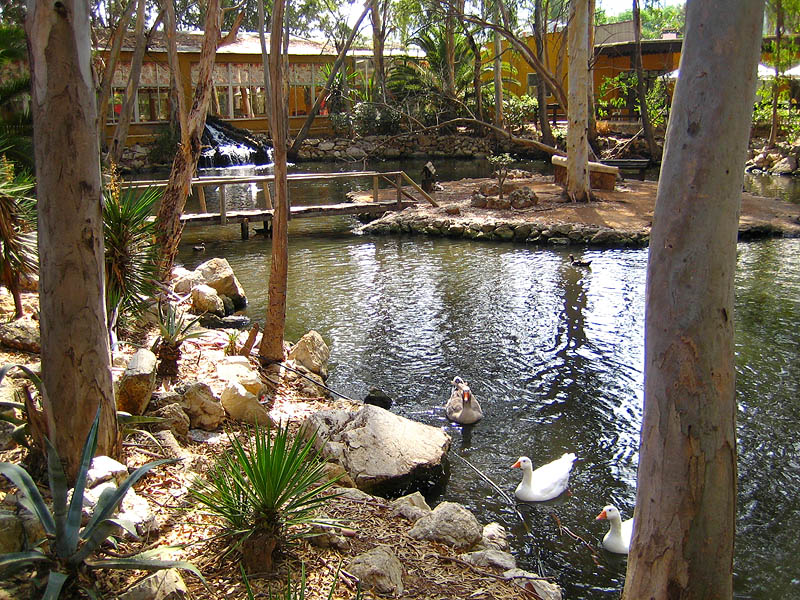
Fortunately, not all of them were developed, but, as in many coastal areas, many of the actions were excessive, as in the case of the Safari Park or the urbanisations in the south, such as Monte Pego and Bellavista, which even proposed the creation of a sports airport or a golf course.
The diversity and complexity of the exploitation of the wetland has meant that in the last part of the 20th century many problems of a social nature have arisen, most of them related to the use of the water. We could not reflect on this natural space without mentioning the famous water war. A fact that raised in a whole village and where would enter the ill-fated agricultural cultivation, based on an unprofitable exploitation of rice, some poorly managed institutional expectations and, above all, the water management that confronted the tertiary tourist use against the agricultural use.
In August 1984, the Department of Public Works decided to transfer water from the Marsh wells to the tourist coast. A confrontation that is territorially identified with Pego, as an agrarian representative, against Dènia, as a symbol of tourism. This fact generated great revolts in the town, in which more than 5,000 people came out from the municipalities of Oliva and Pego to gather in the middle of the drilling works and cut off the N332 road as a form of protest. This action brought the works to a standstill.
In addition to the blockade of the national road, several demonstrations took place at the gates of the concessionary company, and the intensity and violence of the protests increased to the point of burning a warehouse and several cars on the farm.
The fact is that the inhabitants of Pego were very clear that these perforations and water transfers not only meant the danger of the collapse of the failed agricultural and livestock production, but also put at risk the value of the marshland as a collective identity.
This is the main reason why the municipalities of Oliva and Pego were reluctant to form part of a consortium regulating the exploitation of water. This fact, which marked the valuation of the site, was followed by a series of circumstances that aggravated the unease of the marshland’s inhabitants.
From a water war to a princess castle
Once the intensity of the water battle had subsided, the marsh received another hard blow, which endangered the integrity of the natural space that we know today. In 1983, the Minister of Transport, Tourism and Communications, Enrique Barón, sent a letter to the heads of Walt Disney Productions, to show his interest in hosting the Disneyland amusement park project in Spain. The national government proposed three areas of the Valencian coast, including our beloved wetland.
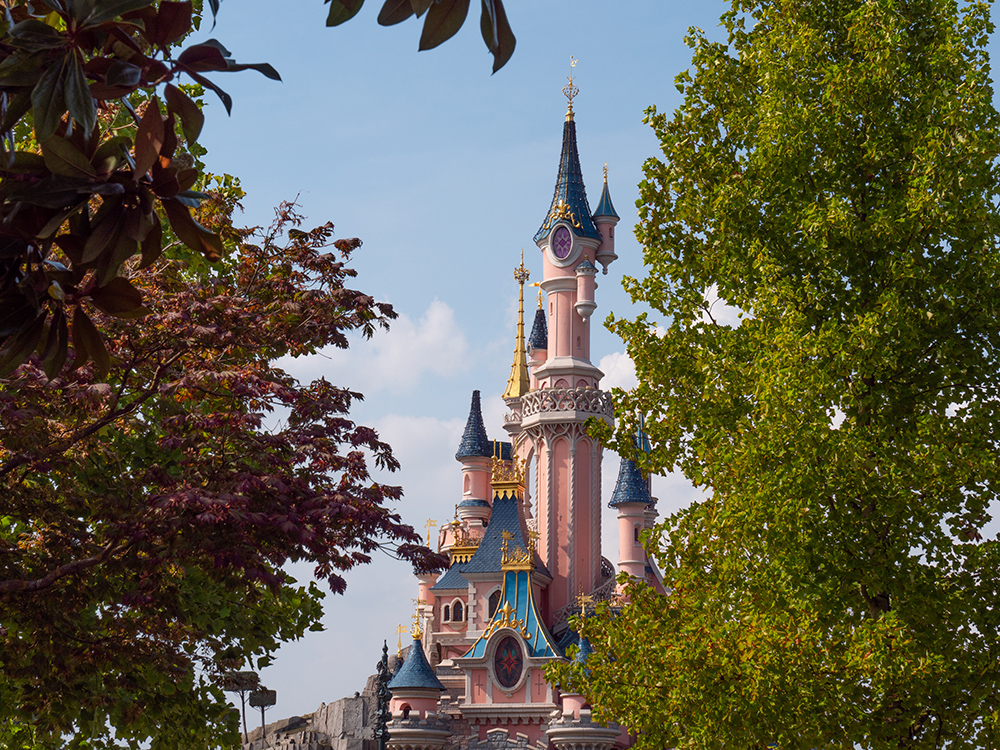
Two years later, the project’s technicians visited the marshland, discarding the other possible alternatives on the east coast. Finally, they showed interest in the wetlands of the municipalities of Pego and Oliva, considering this to be an ideal place for the installation.
Once again, the nerves that opened up the conflict were exalted, and the media mediatised the conflict. On the one hand, part of the population was in favour of the fairytale princess park, arguing that it would increase employment by almost 50%. On the other hand, there were certain citizens of the town and environmental groups, who defended the project as an environmental barbarity.
At the end of that same year, Disneyland announced that Marne la Vallée was the region chosen for the theme park. And that was the reason why, in the end, it didn’t amount to much.
After the stories, the accounts that are unclear
After so much turmoil and unrest, the marshland remained an untouchable subject for a while. From the actions of the *IRYDA in 1970, which had initiated a process of land consolidation to begin the agricultural transformation that never took place, to the water war and the arrival of Disney, nobody dared to act on the wetland. From 1985 onwards, several groups, which had emerged from the previous confrontations, managed to come closer to the institutions and finally the Pego-Oliva Marsh Natural Park was decreed in 1995.
This fact was considered by part of the population as a defeat, either because of unfulfilled expectations or because of the incomprehension of a conservative figure. In this sense, the town council’s government team was later judged and criminally condemned by the High Court of Justice for promoting, between 1996 and 1998, certain actions against the environmental conservation of the marshland, after the Generalitat declared this area a protected space.
With a populist will, transformation processes were initiated in order to cultivate rice and with the intention of enhancing the value of private plots of land in the area. The land consolidation of the 1970s prevented the individual action of the owners, so any action had to be agreed by the majority of them.
The municipal government of the time ignored any ownership process and allocated a space within the marshland to start an agricultural exploitation with opaque and self-interested criteria. As a result, the municipal institution installed water pumps, opened roads for vehicles, and burned and cleared vegetation from the wetland, among other things. But the continuous aggressions were not only directed at the natural environment, but also at anyone responsible for environmental qualification and inspection.
All this was in 2007, when the High Court of Justice of the Valencian Community condemned to pay all the damages that were produced in the natural space of the Pego-Oliva Marsh. The mayor of Pego was sentenced to 7 years in prison.
Of this whole process there is a good bibliographical reference in the work that the writer Rafael Chirbes created with a truthful, incisive and attractive narrative, which is inspired by characters and spaces of this place.






